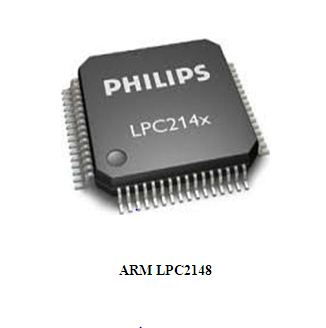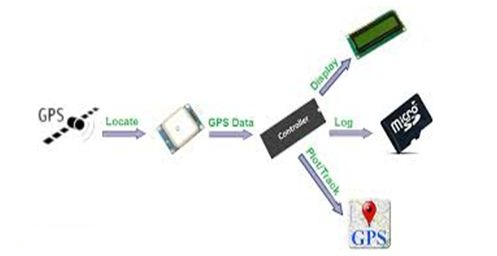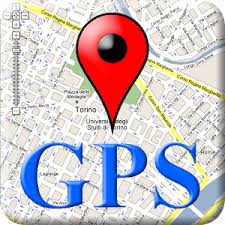GPS INTERFACING WITH ARM
The Global Positioning System (GPS) is a space-based satellite navigation system that provides location and time information in all weather, anywhere on or near the Earth, where there is an unobstructed line of sight to four or more GPS satellites. It demonstrates the principle of interfacing GPS with ARM LPC2148.



